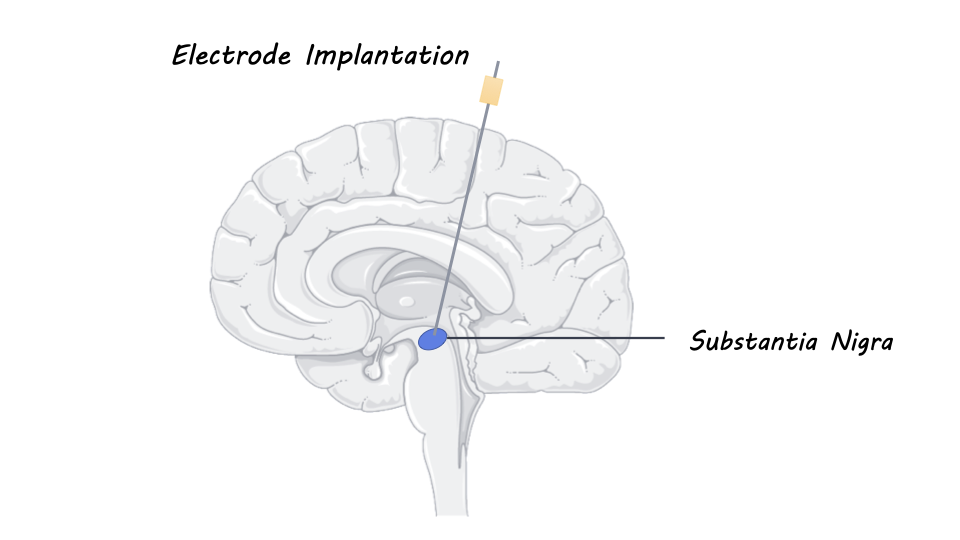Identifying Aging Subtypes with Machine Learning
Post by Lani Cupo
The takeaway
Three patterns of brain aging were identified in a large dataset of cognitively normal adults by a semi-supervised machine-learning algorithm: one subtype associated with typical aging, one with vascular factors, and one with higher levels of brain atrophy. The patterns were associated with different genetic backgrounds, lifestyle risk factors, and later cognitive decline.
What's the science?
The process of aging is associated with many changes in neuroanatomy, some of which emerge before noticeable pathology, such as cognitive impairment or memory loss. Variables such as genetic background, demographics, and lifestyle factors can impact these neuroanatomical changes. Identifying subtypes of age-related changes early on could help clinicians to identify and intervene in pathological aging processes, however, early changes may be subtle and require large datasets to accurately identify. This week in JAMA Psychiatry, Skampardoni and colleagues investigated whether there are aging subtypes.
How did they do it?
By pooling data from 11 neuroimaging studies, the authors assembled 58,113 scans from 27,402 individuals aged 45-85. They used several metrics to assess brain health including regional volume and white-matter hyperintensity (WMH) volume (a measure of changes in the brain vasculature). First, the authors used principal component analysis (a data reduction technique) to identify participants with the lowest atrophy levels at each age group (45-55, 55-65, 65-75, and 75-85). This “resilient aging” group (A0) was used as a reference to identify subtypes of aging. Then, the authors used a machine learning algorithm known as Semi-Supervised Clustering via Generative Adversarial Networks (Smile-GAN) to identify subtypes with different trajectories of aging relative to A0. The subgroups were first identified in each age group but then assessed for consistency in trajectories across age groups. Then, the subgroups were compared for differences in genetics, clinical, and cognitive features. A subset of the full dataset included longitudinal data, allowing the authors to examine whether the identified groups were associated with long-term outcomes.
What did they find?
The authors identified three subtypes of aging consistent across the age groups. The first group, A1, showed mild atrophy mostly localized near the Sylvian fissure (the noticeable sulcus, or crease, that can be seen when viewing a brain from the side). The second group, A2, was associated with hypertension, showed greater atrophy, and had the highest burden of WMH. The third group, A3, showed more severe and dispersed atrophy across the brain and was associated with greater cognitive decline. Because group A1 was the largest with the least severe atrophy, it was considered typical aging. Older individuals in both groups A2 and A3 showed worse cognitive scores than groups A0 and A1, with A2 showing more cardiovascular risk factors and genetic risk factors for Alzheimer’s Disease, and group A3 showing the greatest levels of depression. Of note, these cognitive differences were still considered “sub-threshold”, as the included participants had no diagnosis. Groups A2 and A3 showed the greatest longitudinal cognitive decline, with group A2 showing the greatest progression of WMH.
What's the impact?
This study identified generalizable subtypes of aging identifiable from mid-life. By highlighting two trajectories of atypical aging and characterizing them in terms of cognitive, lifestyle factors, and genetic phenotypes, as well as long-term outcomes, this study shows groups that may be differentially susceptible to neurodegenerative disorders.



